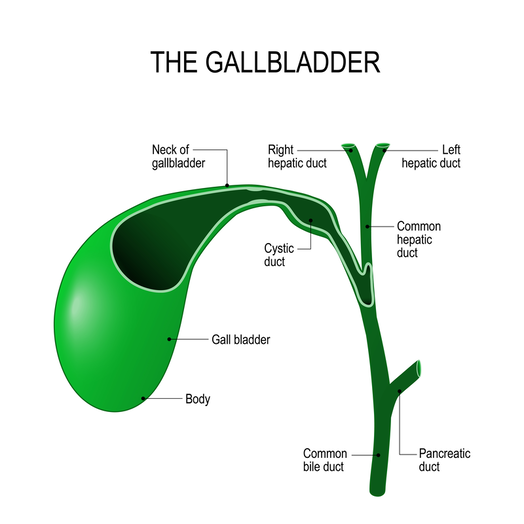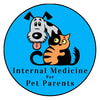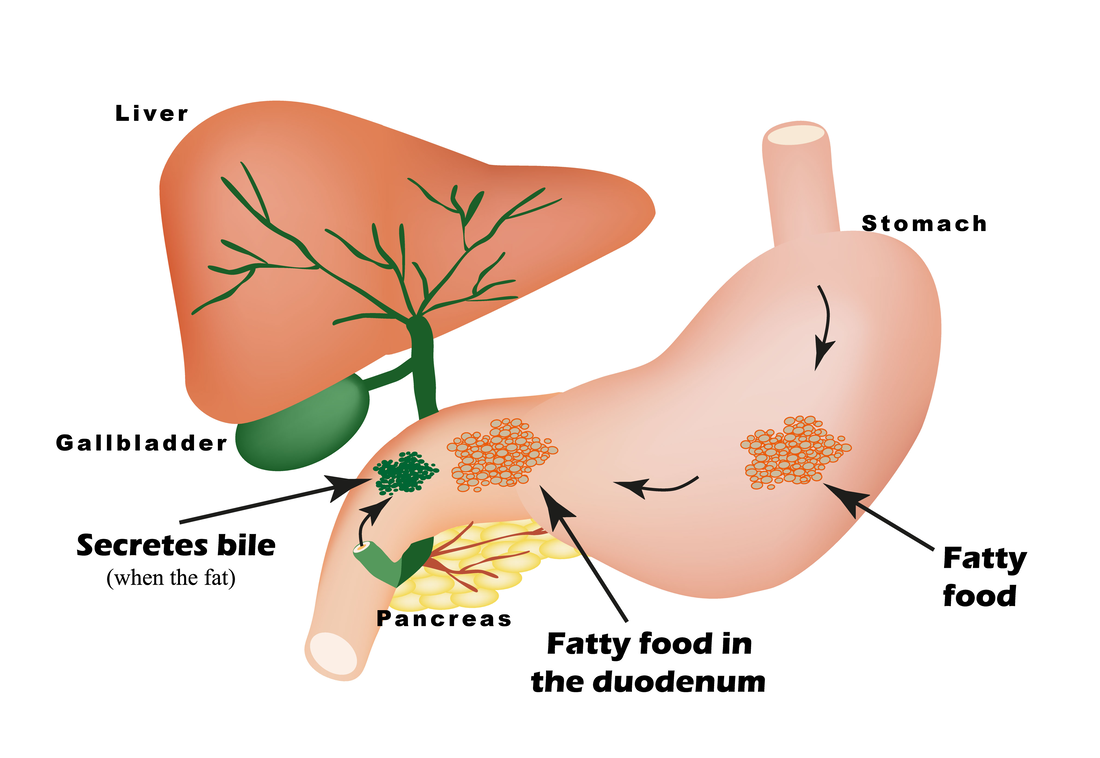What is the liver?
The liver is an organ within the gastrointestinal system. It is a wedge-shaped brownish colored organ that sits in the cranial (toward the head) part of the abdomen tucked between the diaphragm and the stomach. It plays a vital role in the well being of every animal, and human for that matter. The medical terminology for the study of the liver is “hepatopathy.”
Due to its central location, the liver has a chance to filter out toxins absorbed from the gastrointestinal (GI) tract in the blood, prior to the blood circulating in the body. This filtration is vital in keeping your pet healthy! But filtration is only one of its significant roles.
The liver is where glucose is stored, as well as other essential minerals and vitamins. The liver is responsible for the synthesis (creation) of albumin, which is a protein responsible for keeping the fluid at appropriate levels within your pets’ body! The liver is also responsible for the body's ability to clot. If there is a deficit of clotting factors that the liver produces, your pet may develop bruises or suffer from prolonged bleeding or excessive bleeding.
Check out the video below to see how the liver works:
Due to its central location, the liver has a chance to filter out toxins absorbed from the gastrointestinal (GI) tract in the blood, prior to the blood circulating in the body. This filtration is vital in keeping your pet healthy! But filtration is only one of its significant roles.
The liver is where glucose is stored, as well as other essential minerals and vitamins. The liver is responsible for the synthesis (creation) of albumin, which is a protein responsible for keeping the fluid at appropriate levels within your pets’ body! The liver is also responsible for the body's ability to clot. If there is a deficit of clotting factors that the liver produces, your pet may develop bruises or suffer from prolonged bleeding or excessive bleeding.
Check out the video below to see how the liver works:
The little liver accessory: the gallbladder

Nestled between the lobes of the liver, lies the gallbladder. It serves as a reservoir for bile. As the liver produces the bile, it moves through canals (called canniculi) through the liver until it travels through the hepatic duct and into the gallbladder. Once food has entered the stomach, a chemical cue stimulates the gallbladder to release the bile. The bile flows from the gallbladder through the common bile duct and is secreted into the stomach to facilitate digestion of the meal.
The gallbladder is part of the gastrointestinal system and is important in digesting food.
Occasionally, problems can arise! Problems can stem from obstructions, neoplasia (cancer), or stones, to name a few. Obstructions can be caused by an inflamed and swollen pancreas (pancreatitis) compressing the common bile duct, gall stones blocking the duct completely, or cancer. Or, the bile itself can become too thick to travel through the common bile duct and can back up in the gallbladder itself and cause pain and discomfort. Sometimes the bile can become a mucous ball that does not leave the gallbladder, this is called a mucocele and can be an emergency situation.
Addressing problems affecting the gallbladder quickly is important because if they are left untreated, they can cause serious complications. If you notice your pet not eating as well as they used to, vomiting, or if your pets skin, eyes or gums begin to turn yellow, please seek veterinary care immediately.
If your veterinarian recommends removal of your pets gallbladder, do not fret! Cats and dogs can live long and healthy lives without it and not suffer any complications!
The gallbladder is part of the gastrointestinal system and is important in digesting food.
Occasionally, problems can arise! Problems can stem from obstructions, neoplasia (cancer), or stones, to name a few. Obstructions can be caused by an inflamed and swollen pancreas (pancreatitis) compressing the common bile duct, gall stones blocking the duct completely, or cancer. Or, the bile itself can become too thick to travel through the common bile duct and can back up in the gallbladder itself and cause pain and discomfort. Sometimes the bile can become a mucous ball that does not leave the gallbladder, this is called a mucocele and can be an emergency situation.
Addressing problems affecting the gallbladder quickly is important because if they are left untreated, they can cause serious complications. If you notice your pet not eating as well as they used to, vomiting, or if your pets skin, eyes or gums begin to turn yellow, please seek veterinary care immediately.
If your veterinarian recommends removal of your pets gallbladder, do not fret! Cats and dogs can live long and healthy lives without it and not suffer any complications!


